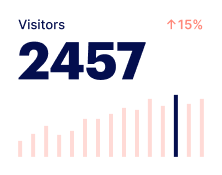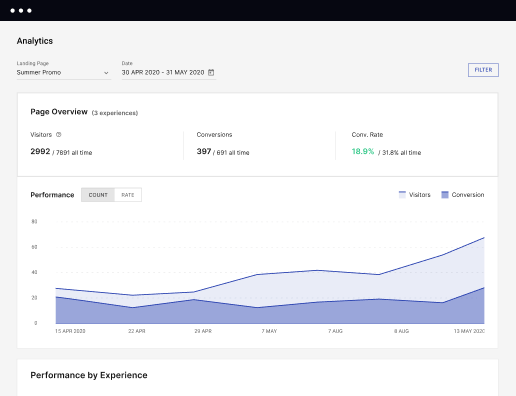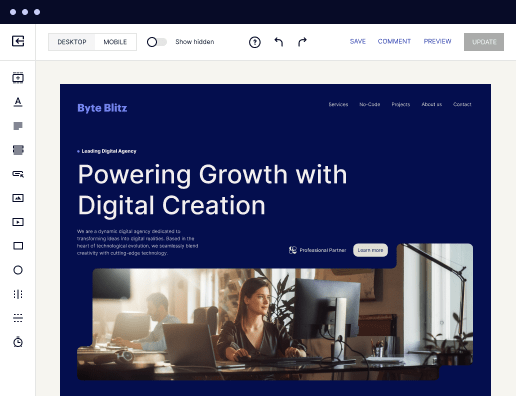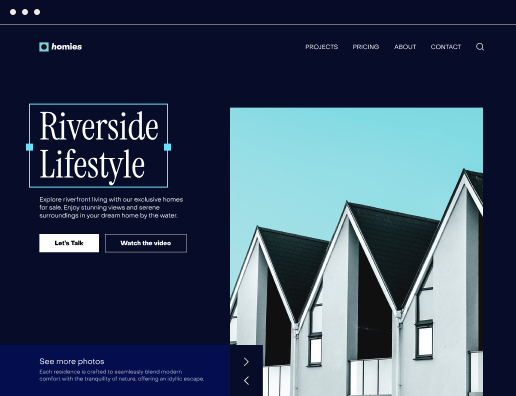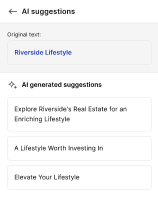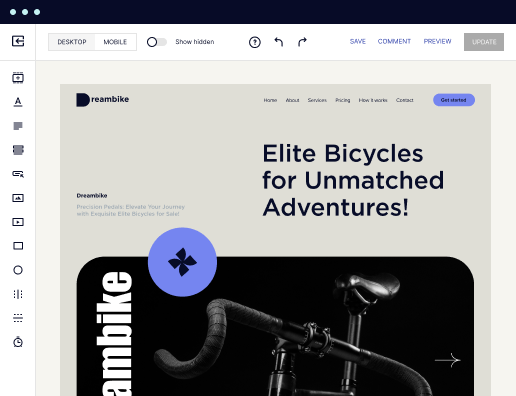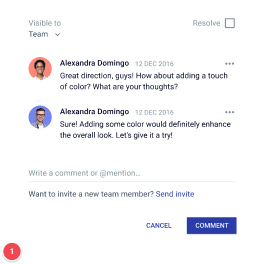Make your 403 forbidden page designed for Linux
Instapage empowers you to reduce costs, increase conversions, and deliver meaningful experiences on Linux.
Build your 403 forbidden page on Linux using Instapage
Creating a customized 403 forbidden page on Linux can significantly enhance your user experience and maintain brand trust. By leveraging Instapage's user-friendly platform, you can design a responsive and engaging error page that not only informs users but also aligns with your overall branding strategy. This step-by-step guide will walk you through the essential stages of building your 403 forbidden page, ensuring high conversion rates and a seamless visitor experience.
Understanding the 403 forbidden error
The 403 forbidden error typically indicates that a server understands the request but refuses to authorize it. It's crucial to handle this error effectively as it may frustrate visitors. Rather than presenting a generic error message, using Instapage’s flexible landing page builder enables you to create a personalized page that can guide users and maintain engagement even when they encounter access issues.
Step 1: Set up your Instapage account
To get started with creating your 403 forbidden page, you'll need to set up an Instapage account. Instapage offers various pricing models suitable for businesses of all sizes. Once your account is activated, navigate to the dashboard to initiate your first project.
- Choose a plan that meets your needs, considering factors like expected traffic and collaboration features.
- Verify your email address to activate your account and gain full access to the platform.
- Familiarize yourself with the dashboard interface to streamline your page-building process.
Step 2: Choose a layout for your 403 forbidden page
Instapage offers a library of over 100 conversion-focused layouts. For your 403 forbidden page, select a template that aligns with your brand identity. Customizing the layout helps create a cohesive feel that fosters trust with your audience.
- Select a layout that includes clear messaging about the forbidden access error.
- Customize color schemes and fonts to match your brand, maintaining visual consistency.
- Incorporate dynamic text replacement for personalized user experiences, enhancing audience connection.
Step 3: Optimize and publish your page
Once your layout is finalized, optimize it for performance. Utilize Instapage’s built-in A/B testing features to compare different versions of your 403 page. This experimentation approach allows you to understand user engagement and make data-driven improvements.
- Monitor key metrics like bounce rates and click-through rates to gauge effectiveness.
- Use heatmaps to analyze where users interact most on your page.
- Continuously iterate based on findings to enhance user experience and conversion rates.
In conclusion, by utilizing Instapage’s advanced features, you can create an engaging and informative 403 forbidden page that not only addresses errors but also supports your branding efforts.
Ready to start building your 403 forbidden page? Sign up for Instapage today and take the first step toward enhancing your online user experience!
Get more out of Build your 403 forbidden page on Linux
Improve your Quality Score with quick load technology for landing pages
Increase conversions with content that aligns with your ads and audiences
Achieve maximum ROI by scaling your marketing initiatives
Leading the way in building high-performing landing pages





FAQs
See how to build your 403 forbidden page on linux in action
Ready to skyrocket conversions?
Supercharge your ad campaigns with high-performing landing pages.
Get started
